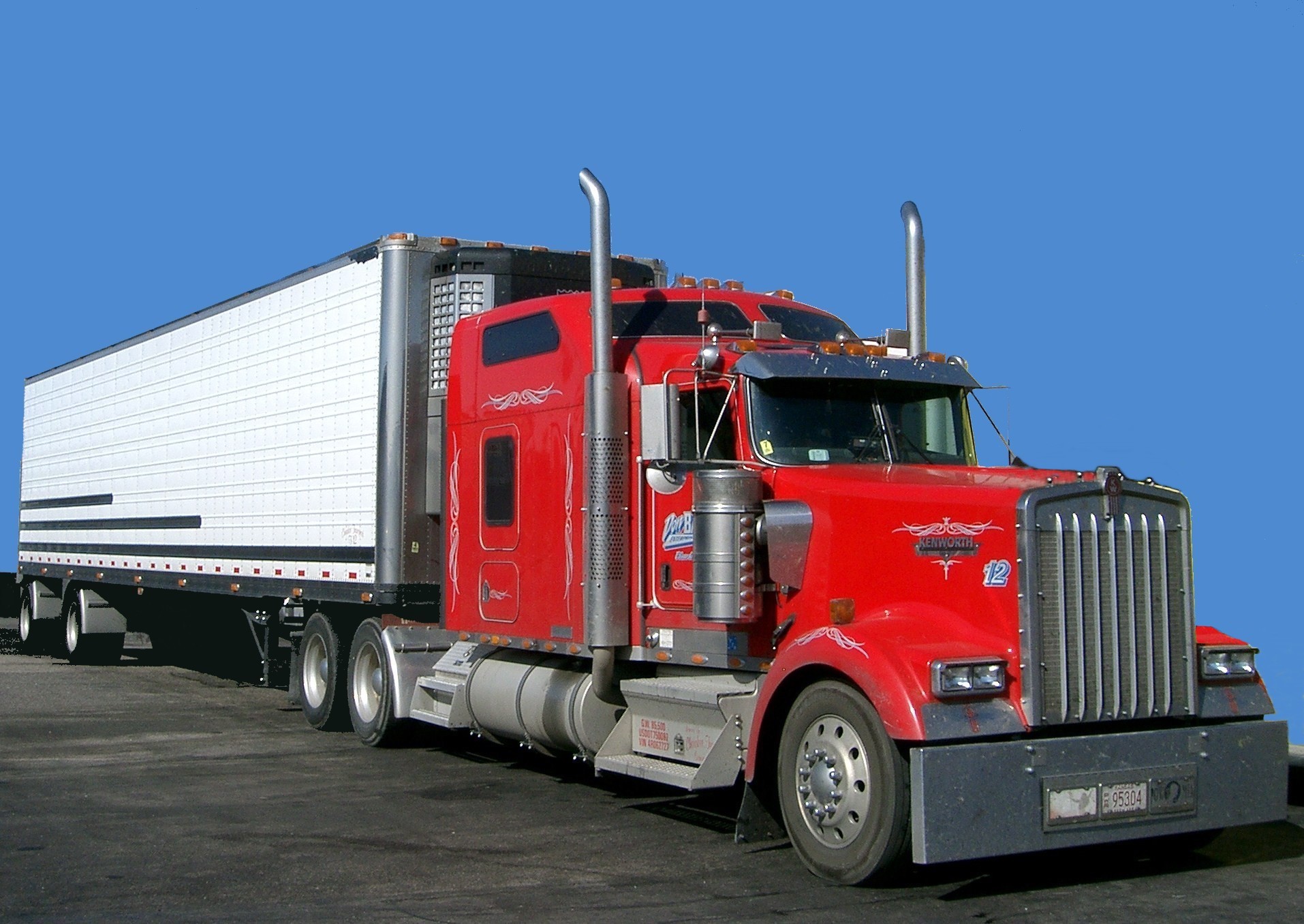When you embark on the journey of selecting a truck, you may find yourself confronted with a myriad of choices, particularly concerning cab styles. Among the most popular options are the Crew Cab and the Extended Cab. Each has its own unique attributes, tailored to different lifestyles and preferences. This comprehensive guide aims to illuminate the distinctions between these two cab styles, empowering you to make an informed decision that aligns with your needs.
Understanding the Basics: At first glance, both the Crew Cab and Extended Cab may appear similar in function, yet they harbor pivotal differences. The Crew Cab is characterized by its spacious interior, comfortably accommodating five to six passengers. This enhanced capacity is facilitated by four full-size doors, providing easy access to both front and rear seats. In contrast, the Extended Cab, often more compact, offers a narrower second row, supported by smaller rear doors which may hinge from the rear. This design is ideal for those who occasionally need extra seating without sacrificing too much cargo space.
Space Utilization: The paramount consideration for many truck buyers is space — both for passengers and cargo. Crew Cabs excel in passenger accommodation. The ample head and legroom make long journeys pleasant, catering primarily to families and work crews who prioritize comfort. Additionally, their generous backseat area can be coupled with advanced features, such as integrated entertainment units and charging ports, turning the truck into a mobile hub for family adventures or work-related travel.
On the other hand, the Extended Cab’s configuration appeals to those who do not routinely carry multiple passengers. It boasts a larger cargo bed compared to the Crew Cab, making it a primo choice for tradespeople who need to haul materials or equipment. This can be especially advantageous for contractors or outdoor enthusiasts who value utility over passenger space.
Style and Aesthetics: The visual appeal of a truck can significantly influence your decision. The Crew Cab often presents a modern, sleek look due to its proportionate size and elegant design, appealing to those who favor contemporary aesthetics. This style is versatile enough to adapt to both urban environments and rugged terrains. Conversely, the Extended Cab may exude a more muscular, utilitarian vibe, often considered the workhorse of the two. It may resonate more with individuals who prioritize function over form.
Comfort and Ergonomics: Comfort is a defining characteristic when choosing between cab styles. The Crew Cab often features plush seating and well-designed ergonomics, enhancing overall driving experiences. From adjustable seats to climate control that extends to the rear, every aspect is crafted to maximize comfort for all passengers.
In contrast, while the Extended Cab may not offer the same luxurious feel, it provides adequate support for short trips. It can comfortably accommodate occasional additional passengers—ideal for quick errands or impromptu outings. Think of the Extended Cab as a flex asset; while it may not always be the most spacious option, it serves its purpose well when needed.
Budget Considerations: Financial implications are often a crucial factor in any car purchase. Generally speaking, Crew Cabs tend to command a higher price tag due to their larger size and additional features. This investment can be worthwhile if you regularly transport family or coworkers, as the inherent value of comfort and space may outweigh the upfront costs.
On the flip side, if your needs align more with utility and you find yourself needing a truck primarily for hauls, the Extended Cab presents a more budget-friendly option. While it may skimp on passenger luxury, it often means more money saved in terms of purchase price, insurance, and fuel efficiency.
The Implications of Usage: Before making a definitive choice, consider how you intend to use your truck. Are you a weekend warrior who relishes outdoor escapades with friends? A Crew Cab, with its family-friendly design and comfort, may suit your lifestyle perfectly. Conversely, if your visits to the hardware store or construction sites come far more frequently than leisurely road trips, the Extended Cab may better support your pragmatic needs.
Fuel Efficiency: When evaluating the financial aspect, don’t overlook fuel efficiency. Generally, the lighter the model, the better the gas mileage. The Extended Cab, being smaller and lighter, often presents better fuel economy than its Crew Cab counterpart. This consideration plays a pivotal role for those conscious of their spending habits or aiming for lower carbon footprints.
Test Driving: Ultimately, the best way to decide which cab style aligns with your lifestyle is through a test drive. Experience the differences first-hand—feel the space, check out the features, and assess seat comfort. Understanding how each cab feels while driving will propel you closer to your ideal truck experience.
Conclusion: Making the choice between a Crew Cab and Extended Cab is akin to choosing the right companion for your daily adventures. Each offers distinct advantages depending on your lifestyle, usage patterns, and preferences. Embrace this exploration — you might just discover that the truck of your dreams is one that surprises you! Understanding your needs and expectations will guide you toward the perfect cab choice—one that not only meets your requirements but elevates your driving experience.
